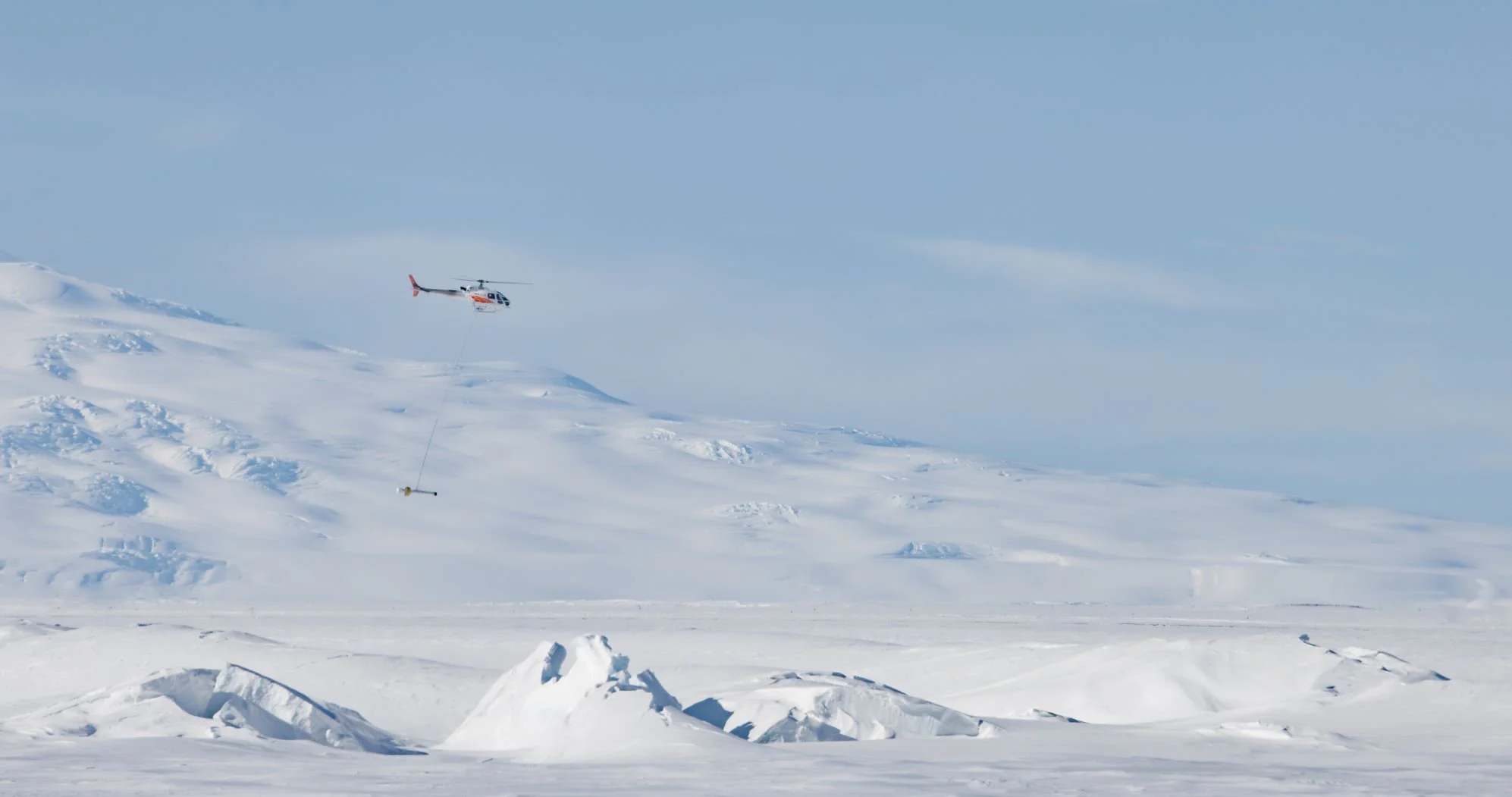The hippest supercool science on Earth
Scott Base - A team of Antarctic scientists is breaking new ground – or ice at least – in scientific research.They’ve designed a cutting-edge device to measure supercooled ocean water under sea ice.
The Kiwi-led project, funded by the Marsden Fund, is collaborating with Norwegian and US scientists to build a high precision supercooling measurement instrument (HiPSMI) that can be sent below the ice on the to measure exactly how cold the water gets.
Dr Inga Smith, from the University of Otago, says sea ice usually freezes at -1.9 degrees Celsius. But that’s not the case when freshwater flows from beneath an ice shelf and mixes with the salty sea water.
“Then it becomes what’s called supercooled, so it’s still liquid but actually below the freezing point. It then snap freezes into these crystals called frazil, they attach to the sea ice and form platelet ice.
That means the sea ice in this area is thicker and grows faster than it would otherwise, certainly thicker and faster than you would expect in the Arctic, for example, in a similar location.
“We’re really pushing the edge of polar engineering here, operating in these really cold temperatures and making high-precision measurements of that supercooling,” she says.
Maren Richter, a PhD student from University of Otago, says oceans under ice shelves are a large black spot in our knowledge.
“We know more about the dark side of the moon than we know about what’s going on underneath the Ross Ice Shelf.
“These measurements help to inform understanding of how the system that is the ocean, the ice and the atmosphere works together, and how that all interconnects.
“These are all calculated by large scale models and the more accurate we can make these models, even on really small scales like this, the more accurate it will be on larger scales like informing weather in the future in New Zealand,” she says.
To test the HiPSMI in Antarctica for the first time, the team worked out of a containerised ice camp on McMurdo Sound.
They managed to collect oceanographic and sea ice data for 17 of the 20 days at the ice camp, and HiPSMI data on eight of those days which will have such important ramifications for the rest of the planet.















Lisa was born in Auckland at the start of the 1970s, living in a small campsite community on the North Shore called Browns Bay. She spent a significant part of her life with her grandparents, often hanging out at the beaches. Lisa has many happy memories from those days at Browns Bay beach, where fish were plentiful on the point and the ocean was rich in seaweed. She played in the water for hours, going home totally “sun-kissed.” “An adorable time to grow up,” Lisa tells me.
Lisa enjoyed many sports; she was a keen tennis player and netballer, playing in the top teams for her age right up until the family moved to Wellington. Lisa was fifteen years old, which unfortunately marked the end of her sporting career. Local teams were well established in Wellington, and her attention was drawn elsewhere.